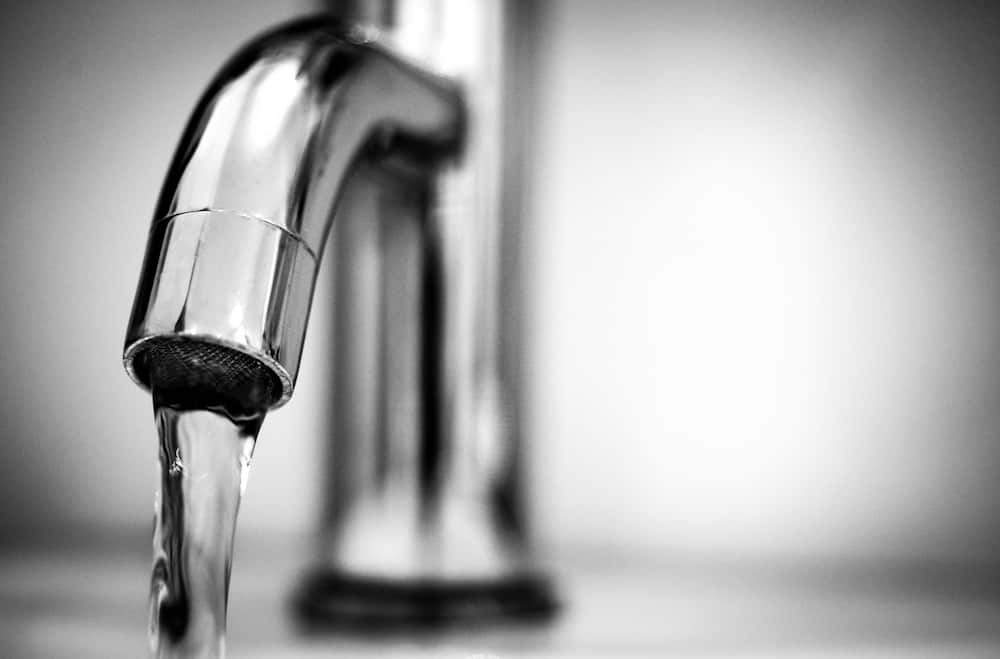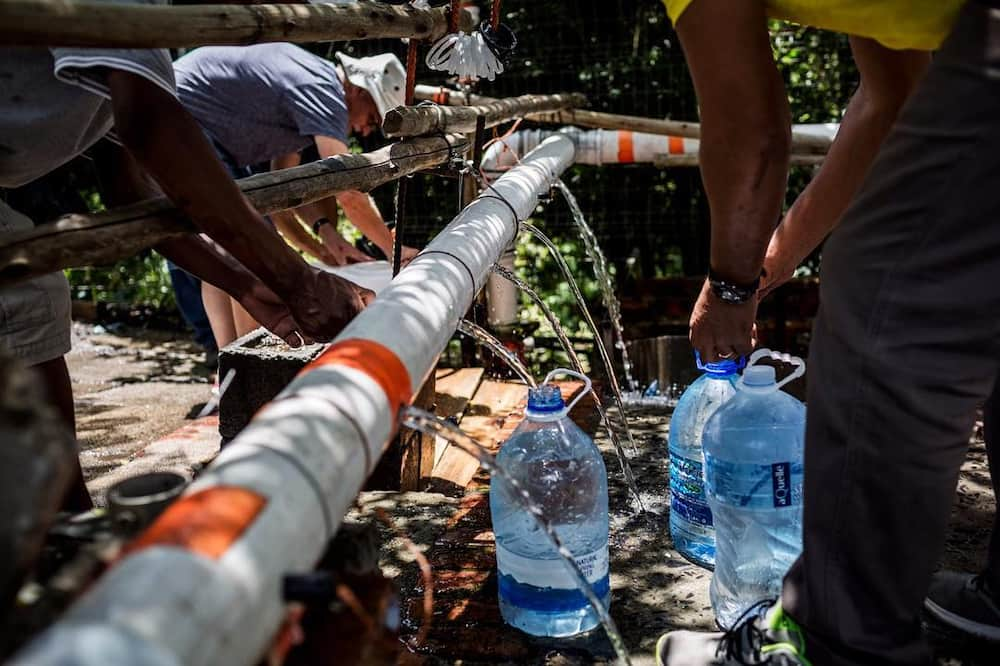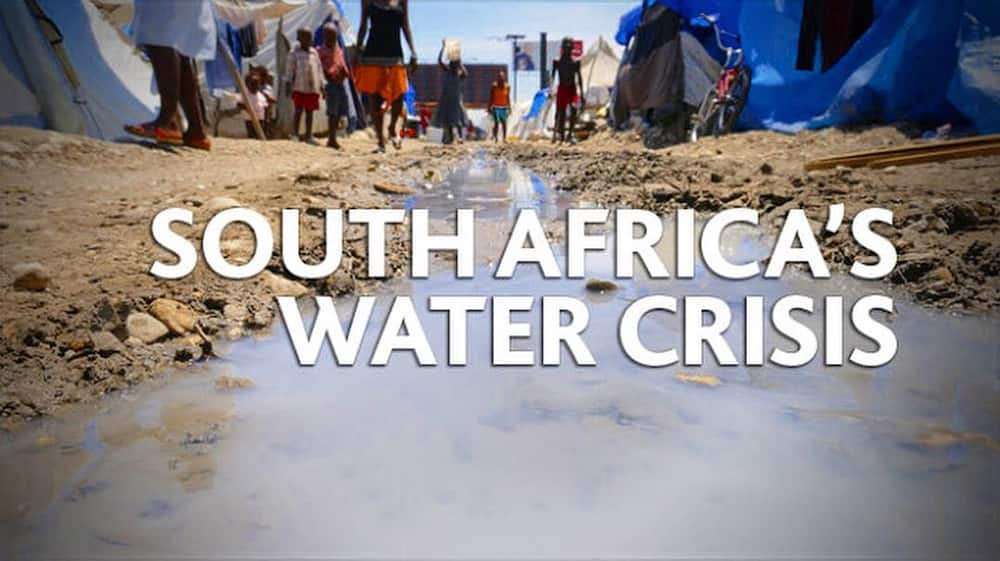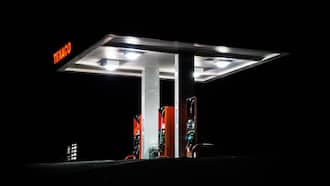What different water restrictions in South Africa mean
Most parts of South Africa are experiencing the effects of intermittent climate change that have resulted in a decrease in the capacity of rivers, streams, and storage facilities like dams. The government, through the Ministry of Water, has imposed a set of rules to ensure that the precious commodity is not wasted. The ministry has set up different water restrictions depending on the water levels in the dams serving the different regions. You might want to know more about them and what is expected of you.

Source: UGC
What do the different water restrictions mean? Are they a sign that at one point, the country might hit the 'day zero' nightmare? This nightmare is feared to occur, especially with the looming climate change effects that the country is currently experiencing. As a result, the restrictions have been put in place to prevent the occurrence of this crisis.
What causes water shortage in South Africa?
This problem has resulted mainly from the catchment areas being destructed. Pollution has also contributed to the depletion of water in the sources.
READ ALSO: Weather and seasons in South Africa: Here's all you need to know
The different levels of water restrictions
There are six levels of limitations that make up the drought management plan. They are subject to the water levels of the dams and the capacity of flow in the rivers and streams. The restrictions, therefore, provide a framework of the activities that can be done and those that cannot be done in different parts depending on the intensity of the shortage.
Level 1 water restrictions

Source: UGC
The distinguishing factor in this level is that sprinklers and sprays can only be used for two hours between 5 pm and 7 pm per day. Other conservation measures include:
- Using high-pressure cleaners for cleaning hard surfaces;
- Using recycled water;
- Using hand-help hose pipes between 4 pm and 9 am.
This level also allows for swimming pools to be topped up or filled.
Level 2 water restrictions
In this level, sprays and sprinklers cannot be used. The other limitations include:
- A limitation on the use of handheld hosepipes to two hours per day, between 5 pm and 7 pm;
- Pools should not be filled to a capacity of 5 kilolitres or more;
- High-pressure cleaners should be used for cleaning hard surfaces;
- Vehicles should be cleaned using hoses that have a trigger nozzle. The cleaning of vehicles is limited to be done between 5 pm and 7 pm;
- Residents are advised to use recycled water.
Level 3 water restrictions

Source: UGC
This level is characterised by a ban on the use of sprinklers and all forms of sprays and dripper systems. The other limitations include:
- A ban on the use of high-pressure cleaners while cleaning hard surfaces;
- The use of handheld hoses is limited to 15 minutes of the two-hour window between 5 pm and 7 pm;
- Using recycled water;
- Using cans and buckets during the set two-hour window;
- Filling of pools is allowed for 15 minutes using hose pipes.
Level 4 water restrictions
The following rules characterise this level:
- A ban on outdoor irrigation of both commercial and industrial spaces;
- A ban on the filling of pools;
- A ban on outdoor use of residential supply of the precious commodity;
- The use of buckets to clean windscreens, mirrors, number plates and windows for safety purposes should be enforced;
- A ban on the use of trickle tanks for outdoor purposes;
- Encouraging the use of recycling methods of the rare commodity.
Level 5 water restrictions
It involves a ban on all the limits on level 4. These rules are adapted:
- Practising the use of the recycling methods of the precious commodity;
- The efficient and moderate use of air conditioners that have the evaporative mechanism.
Level 6 water restrictions
This is the most-feared level of restriction as it is proof of the heightened crisis. It is characterised by the following limitations:
- Non-residential households and properties should reduce their consumption by 45%;
- Water drawn from boreholes should not be used for outdoor purposes to ensure that the resources are preserved;
- The use of water for agricultural practices should be cut down to 60%;
- Priority will be given to residential units with a monthly consumption of more than 10500 litres.
Joburg water restriction
Johannesburg is one of the areas that are currently experiencing restrictions. The authorities have, however, noted that most of the residents are not complying to the set rules. The consumption is still higher than planned. The residents have been requested to stick to the rules and cut down on the use of water for irrigation and other outdoor practices.
The ministry has, therefore, urged the residents to abide by the laws. They have also asked the residents to report all the cases of leakages.
Cape Town water restrictions
Cape Town is one of the hard-hit regions in South Africa. In 2018, the area nearly faced the feared 'day zero crisis' where most of the taps would run dry because of the depleting levels of the dams. This phenomenon has forced the Ministry to set stringent laws to ensure that this occurrence does not repeat itself. Currently, the Level 3 restrictions are being applied in the region.
The ministry has also provided more rules apart from the basic level 3 restrictions. To learn more about the current water restrictions Cape Town, click here.
South Africa is one of the countries that is facing the impact of looming climate change. The effect has greatly affected the level of water in the dams. As a result, the country has been forced to implement water restrictions to regulate the consumption of the precious commodity. These levels are subject to the levels of the dams.
READ ALSO:
- Drought is currently worst in centuries: State under fire amid crisis
- Kind Samaritan donates R25 000 towards drought relief for farmers
- R220 million set aside to help drought-stricken KZN has vanished
Source: Briefly News





